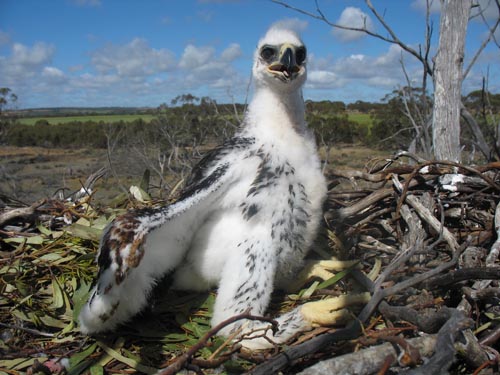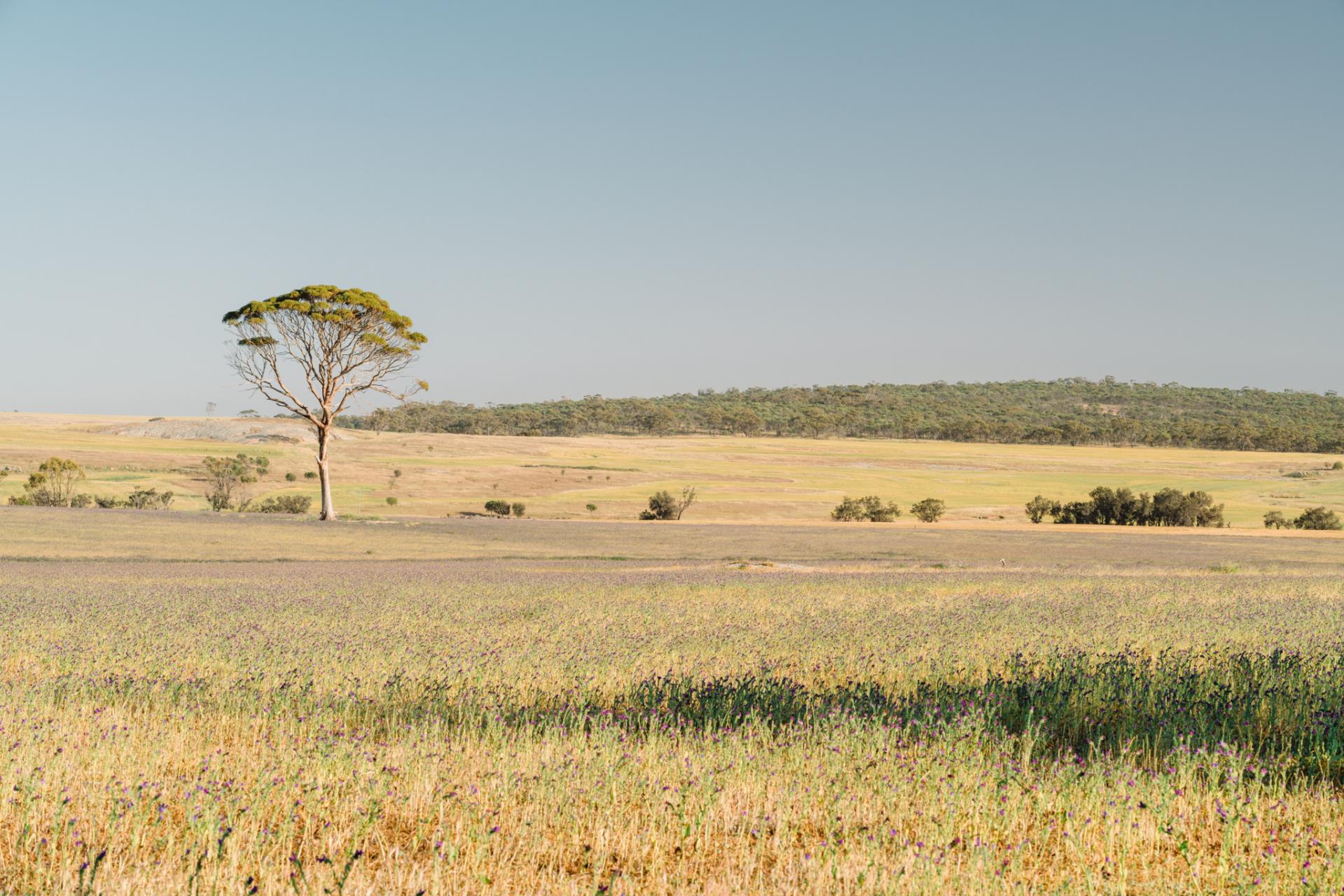The Shire of Goomalling has plenty of wide open agricultural spaces as well as parks, playgrounds and nature reserves, including Oak Park which is important in maintaining biodiversity in our region.
Thousands of trees get planted each year in the Shire of Goomalling and there are groups working to improve and protect our soil, farms and natural environment; the Gabby Quoi Quoi Catchment Group's past achievements are a shining example of this work.
Orchids
A variety of unique and beautiful orchids, as well as other wildflowers, bloom in Goomalling from July to September each year.
There are a range of 'hot spots' in Goomalling where you're likely to find them.
The caretakers at Goomalling Caravan Park can usually tell you where they're blooming or ask at the Shire of Goomalling office on 9629 1101 or goshire@goomalling.wa.gov.au.
Biodiversity
Goomalling is within one of the World's Biodiversity Hotspots (the richest and most threatened reservoirs of plant and animal life on Earth) and within one of Australia's 15 National Biodiversity Hotspots.
Since settlement around Goomalling started in the 19th century, around 95% of the land has been cleared for agriculture. Local nature reserves such as Oak Park and the Salmon Gum Way reserve are vital in providing habitats to protect our local biodiversity.
If you walk through the remnant vegetation on the corner of Throssell St and Salmon Gum Way, you might see a burrow of one of the threatened trapdoor spiders of the Avon Valley region, or one of the few Koomal possums left in the 'Place of Possums'.
Oak Park Nature Reserve
Oak Park Reserve comprises 149 hectares of remnant native vegetation, such as daisies, orchids and grasses, providing habitat for native animals like the short-beaked echidna.
To its south-west lies the Lake Walyormouring Nature Reserve – one of the wetlands that continues to support some of the most diverse communities of flora and fauna in the Wheatbelt.
The 3km Oak Park walk trail winds through the reserve in two loops which both start at the picnic area. The signs along the trail will tell you about the wetlands, granite outcrops and bush that you pass. The signs also provide information about the lives of the traditional owners of the land, the Balardong people, as well as the settlers who arrived from 1899.
Granite outcrops support of variety of flora and fauna in a fragile ecosystem. Pools of freshwater found on granite outcrops are an important resource for animals and birds and they also provide a habitat for aquatic invertebrates like the fairy shrimp.
Another important feature at Oak Park are the Gnamma holes. The origin and development of gnammas is not known with any certainty but it is thought that they were initially formed through weathering of faults in granite which Aboriginal people then enlarged by using fire. Gnammas can vary in depth from a few centimetres up to 10 metres and their maintenance was of prime importance to Aboriginal people who relied on the water contained in them for their survival. The Balardong freely shared their knowledge of the land and the location of gnammas and springs with explorers.


Eagle chick in Goomalling, WA. Photo by David White. - Echidna photographed at Oak Park Nature Reserve, Goomalling WA